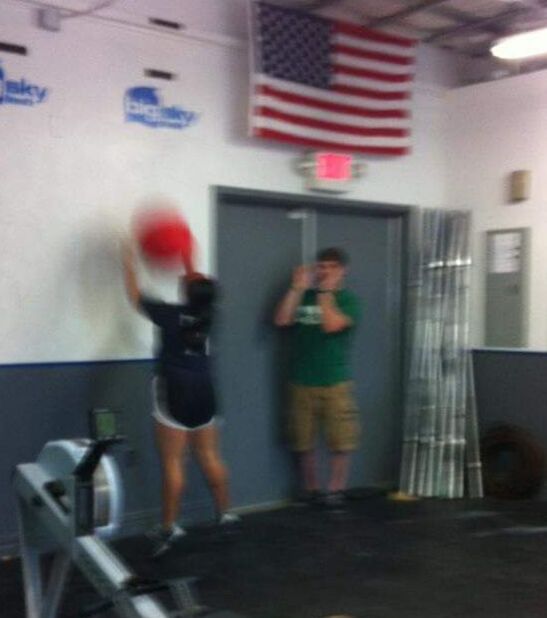This is cross-training. Cross-training employs various exercises to improve one’s performance in a particular sport— in this case, running. Cross-training is versatile and can be completed through many different methods— rowing, biking, swimming, strength training, yoga, or even through your favorite sports (soccer and volleyball for instance). For me, functional fitness training was my major introduction to effective cross-training. By implementing a multi-domain approach primarily focused on weights, gymnastics, and weightlifting, functional fitness provided me a cross-training experience that improved my running capabilities.
This is what I’ve learned in the past 12 years after adopting cross-training into my running routine and learning that I can run better by training smarter:
1). Cross-training conditions your body to run better by strengthening auxiliary muscle groups not trained while running, while giving your primary running muscle groups a much-needed rest. Like a car, if you never rotate the tires, you’ll get a flat! As runners, we also must “rotate” our routines. Cross-training incorporates many different elements of fitness that activate all muscle groups…this improves endurance while avoiding injury and muscle loss through a diversified use of all muscle groups.
2). Cross-training helps athletes maintain their fitness level when overcoming a running injury. After running the 2012 Boston Marathon, I injured my hip through overuse as it was compensating for a post-partum core in need of strengthening. My physical therapist recommended I break from running for three months and CrossFit instead. Through some great coaching at Big Sky CrossFit in Great Falls, MT, I increased my overall endurance/stamina through other multifunctional domains. After my physical therapist cleared me to run again, I noticed an immediate change— I felt stronger and more agile.
Happy Running!
-Rose :)



 RSS Feed
RSS Feed